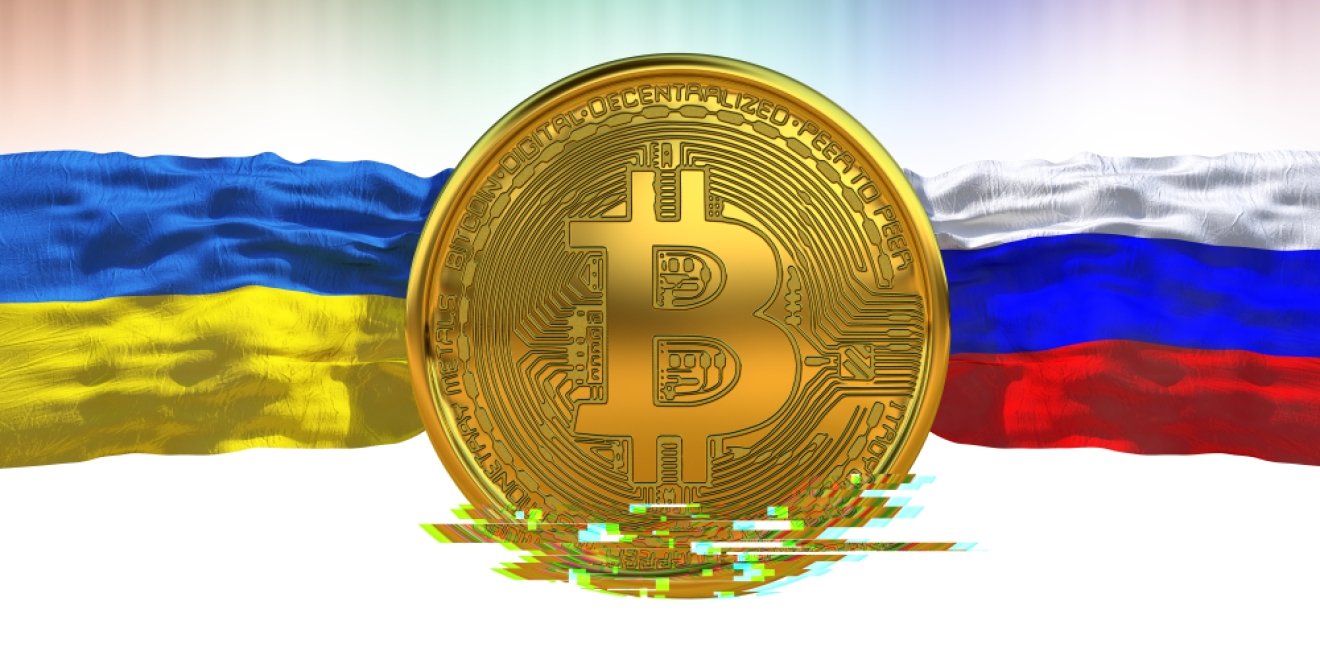
A blog of the Science and Technology Innovation Program
The outcome of the Russian invasion of Ukraine is unclear. What is clear is that the human and economic toll of this assault will be profound.
Additionally, the tactical moves made in this historic period will have long-term effects on discussions surrounding decentralization and control of global financial systems. It will focus attention on the debate surrounding central bank digital currencies (CBDCs), and the problem of payment protocol as a matter of national security.
In response to Russia’s invasion, the United States and other countries put in place financial sanctions designed to impact Russian decision makers, power players, and the Russian banking system. Indeed, multiple countries, including the United States, have denied a number of Russian financial institutions access to the SWIFT payment system; private sector payment giants Mastercard and Visa have blocked many Russian financial institutions access to their network.
Beyond the sphere of the traditional economy and finance, the Russian invasion of Ukraine may be a defining moment for the cryptoeconomy—demonstrating the geopolitical implications of the cryptoeconomy and cryptofinance in the context of global conflicts.
In that regard, Ukrainian Vice Prime Minister Mykhailo Fedorov requested that centralized cryptocurrency exchanges freeze Russian digital wallets to prevent financial transactions and payments by Russia through alternative means. In a February 27 tweet, he made the following plea:
I'm asking all major crypto exchanges to block addresses of Russian users.
— Mykhailo Fedorov (@FedorovMykhailo) February 27, 2022
It's crucial to freeze not only the addresses linked to Russian and Belarusian politicians, but also to sabotage ordinary users.
To put this appeal into perspective, we thought it vital to understand the cryptocurrency exchange structure and how it might be used as a tool of limiting payment systems in concert with, and, perhaps beyond those sanctions imposed by the government.
Digital Assets in Centralized & Decentralized Cryptoexchanges
Cryptoexchanges allow access to digital assets. They fall into two general categories: centralized and decentralized exchanges. Centralized exchanges do not differ substantially from traditional exchanges. They act as a middleman between buyers and sellers—as in a traditional bank setup. They are typically regulated entities that custody users’ funds and offer easy-to-use platforms. They are on-ramps to the cryptocurrency market that require Know Your Customer (KYC) information analogous to traditional broker dealers. It is the centralized exchanges that Federov addressed in his February 27 tweet.
Decentralized exchanges (DEXs), on the other hand, cut out the middleman and function as peer-to-peer venues where transactions are based on smart contracts and atomic swaps. Traders guard their funds and are responsible for losing them, as when they lose their private keys or send funds to the wrong addresses. Most exchanges launched in 2020 and 2021 are decentralized. There are no “guardrails” to access the market in many of the decentralized exchanges.
In the context of Ukraine, the decentralized structure requires going after market participants more directly as the exchanges are distributed and there is no central oversight. Because of this reality, Federov further announced that the “Ukrainian crypto community is ready to provide a generous reward for any information about crypto-wallets of Russian and Belarusian politicians and their surroundings” which might be used in a decentralized environment. By identifying the individual wallets belonging to key Russian players, Ukraine hopes to chill individual ability to move digital assets away from the oversight associated with centralized exchanges.
The financial sanctions war is being fought beyond the original centralized financial battlefield, reaching the cryptoeconomy and recognizing that much of it is beyond the reach of central authority. The need to regulate the cryptoeconomy, therefor, is gaining focus as a geopolitical matter.
Efforts are being made to harness the power of community and centralized finance to restrict capital flow intended to circumvent traditional finance measures. The effectiveness of these efforts will highlight the nature of decentralization as community and centralized finance use of cryptocurrency as a weapon in the first major war of the blockchain era. Financial regulators and legislators as well as central bankers involved in the debate on CBDCs will, no doubt, gain important perspectives on regulation from the measures taken on this new battlefield.
Authors

Private Investor; Senior Lecturer of Laws, New York University

Assistant Professor of Corporate & Financial Law at University of Zurich

Science and Technology Innovation Program
The Science and Technology Innovation Program (STIP) serves as the bridge between technologists, policymakers, industry, and global stakeholders. Read more





